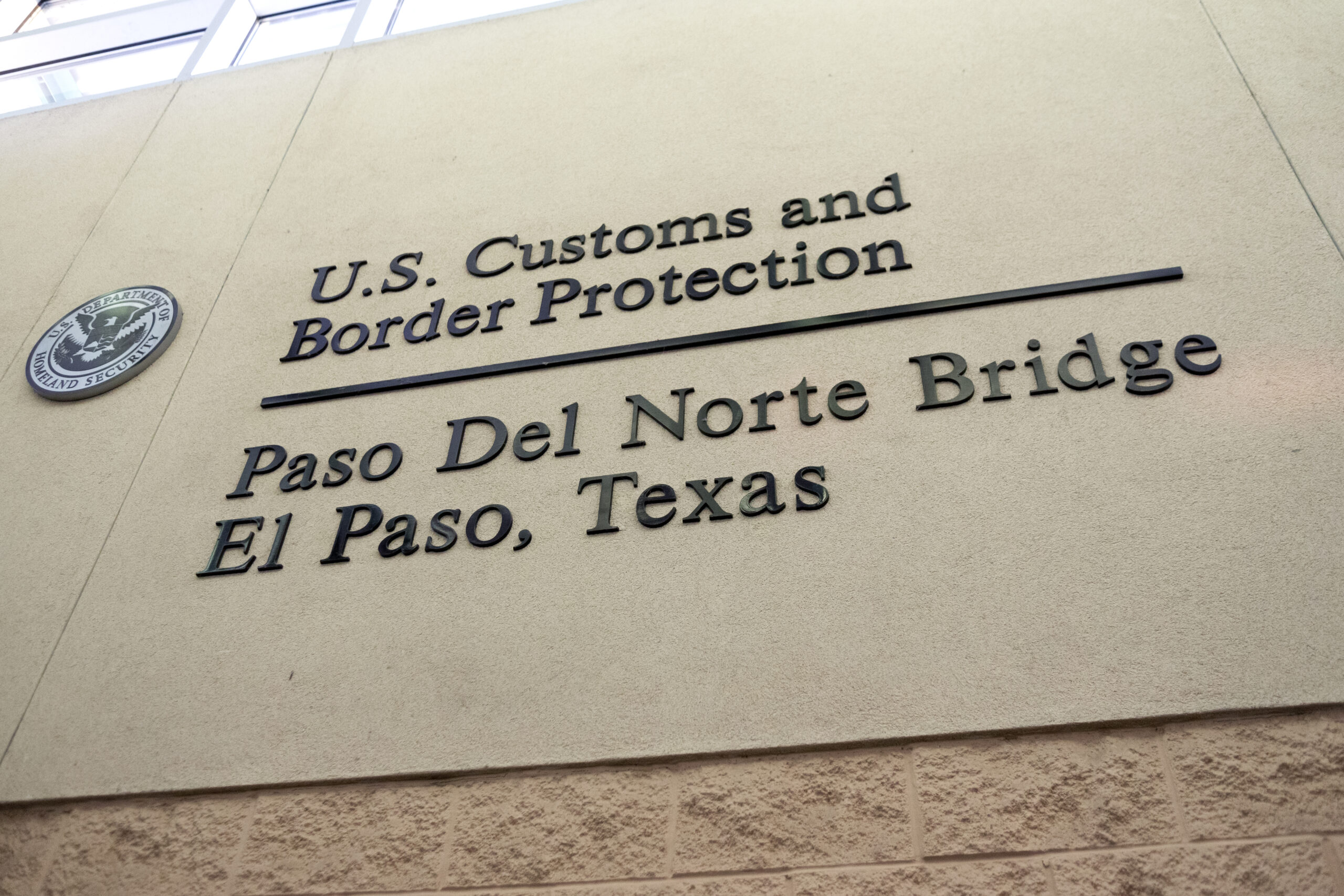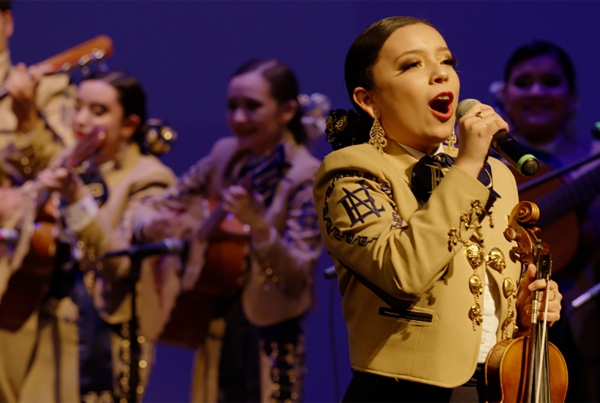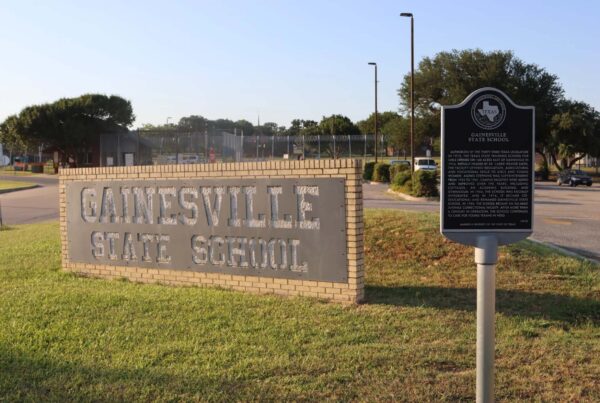There was chaos on a pedestrian bridge connecting El Paso with Ciudad Juárez on Sunday.
A large number of migrants, mostly from Venezuela, crowded the bridge for hours, blocking traffic and attracting a large police presence. Many of the migrants have been staying on the streets of Juárez while they wait for an appointment with U.S. immigration officials.
The confusion seems to have stemmed from a rumor that Sunday was “Migrant’s Day,” and that it would be possible to enter the U.S. Lauren Villagran, border reporter for the El Paso Times, spoke to Texas Standard about what happened. Listen to the story above or read the transcript below.
This transcript has been edited lightly for clarity:
Texas Standard: From what you can tell, what caused so many people to try to cross the border bridge in El Paso yesterday? There’s other border crossings nearby, too, right?
Lauren Villagran: Yeah, that’s right. So we’ve got four bridges in the vicinity and the Paso del Norte, also known as the Santa Fe Bridge, is both a northbound vehicle bridge and a pedestrian bridge, as you mentioned. And you know, fairly early in the morning, I was actually crossing that bridge yesterday, headed back to El Paso and there was a large gathering of about 150 to 200 migrants on the south side of the bridge. And by the time I got to the top of the bridge, I saw that U.S. Customs and Border Protection was already positioning, you know, out of concern that folks were going to cross en masse as they did try to do within a couple of hours.
What were you hearing about why this happened?
So migrants in general are often part of social networks where all sorts of rumors are spreading. And yesterday, my understanding is that this group of migrants heard that it was the “Day of the Migrant” – which actually exists, but it’s in December – and that the U.S. was going to open its doors. And so they forcibly passed through the Mexican toll side of the bridge and headed up. They did not cross. They were not able to cross the elements. The CBP, you know, kind of locked down the top of the bridge. And the bridge was closed to traffic for 5 hours, which for a border community on a Sunday – if any of your listeners know – is a really big deal. It’s the day that, you know, everyone who’s gone home to visit family or spend the weekend in Mexico is trying to get back to the U.S.
Any estimates on the numbers of people who were trying to cross at that point?
It looked to me – the city of El Paso does have cameras on those bridges – that, you know, it was in the neighborhood of about 200 people. I haven’t seen an official count, but that’s about what I was able to see.
Now, CPB officials said they implemented “port hardening measures,” and that included stopping traffic. I’m curious, when it comes to that point, how much was border trade and commerce affected? You said 5 hours, and I’m just curious what more you might or might not have heard on that front.
So the Stanton Bridge, which is also the express entry lane, was closed also for about 45 minutes. And the Bridge of the Americas, which is the toll-free bridge connecting El Paso and Ciudad Juárez, was also closed for about an hour. So it was a pretty major interruption to mostly residential traffic. It was Sunday, so the commercial traffic wasn’t as big of a factor, I think.
You know, that being said, El Paso and Juárez have been almost unflappable in their support for migrants as we’ve seen very large waves of asylum seekers and others trying to seek entry to the U.S. over the past year here. But, you know, when migrants take actions like these, I think it puts at risk some of that support in the border community because, you know, they’re interrupting this major artery that connects this binational community.
What’s the situation like today? Are CBP officials still on high alert? How does it seem to be affecting things today?
Well, traffic is flowing normally today, as I understand it. But, you know, CBP is in constant communication with authorities in Mexico. So they were aware very early of the gathering on the Mexican side and I imagine continue to stay in contact with the Mexican authorities to ensure that there isn’t kind of a repeat today. I also know that some of the folks that work with migrants on the Juárez side are trying to explain that, you know, the U.S. isn’t just going to let people cross massively, especially with a formal process now in place through the CBP One app for people to seek appointments.














